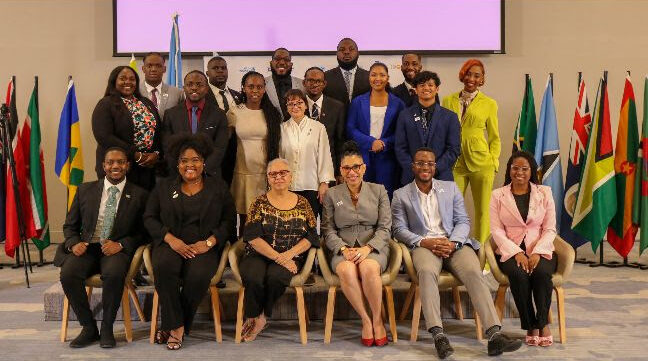By Jarbas Barbosa
Imagine a global epidemic that kills over 20 times as many people as COVID-19 has to date—every single year. Imagine its cause is not a virus but a consumer product sold legally around the world. Imagine the product’s makers invest heavily to recruit new, mostly younger users to replace the millions of older consumers the product kills every year.
No need to imagine. Every year, tobacco products kill more than 8 million people and cause the suffering and disabilities of many more. As with COVID-19 and other diseases, scientists and public health specialists try to prevent these deaths by doing research, in this case, on the dangers of tobacco.
Thanks to their work we know unequivocally that tobacco consumption increases the risk of heart and lung disease and cancer; indeed, 25 per cent of all cancer deaths globally are linked to tobacco use.
Exposure to second-hand smoke is linked to the loss of more than 1 million lives each year.
And there are many other ways that tobacco—whether through cigarettes, cigars or chewing tobacco—is bad for people’s health: it can cause mouth cancer, tooth loss, bad breath, gum disease, wrinkly skin, and immune system weakness.
The tobacco industry spends over $9 billion annually to persuade consumers—especially young people—to disregard those known dangers and to view tobacco use as modern, sophisticated, grown-up, and cool.
They do this through direct advertising wherever they can—though many countries now ban or restrict tobacco advertising—as well as through social media influencers and corporate sponsorship. They also use marketing techniques such as product placement in movies and other forms of entertainment and by developing special-appeal niche products that purport to be “safer,” project a certain style, appeal to men, women or younger users—or a combination of the above.
But what about electronic nicotine delivery systems and electronic non-nicotine delivery systems, known as e-cigarettes? These latest nicotine-delivery devices at first seemed to be in competition with tobacco. But not for long. As millions of consumers have become addicted to nicotine by using these devices, big tobacco companies have bought up or invested in the leading e-cigarette companies.
These in turn have used tactics similar to the tobacco industry’s to attract and addict young people. A key example: before some countries banned the practice, e-cigarettes were being offered in more than 15,000 flavors, many of them clearly aimed at children and adolescents.
A growing body of research shows that e-cigarettes—just like tobacco products—are extremely addictive and increase the risk of heart disease and lung disorders. Research shows that children and adolescents who use e-cigarettes at least double their chances of becoming cigarette smokers later in life. A recent Lancet study found that starting to smoke in childhood doubles the risk of dying before age 70. In a number of countries in the Americas, more than 1 in 5 kids have tried their first cigarette before age 10.
There is a good reason that tobacco and e-cigarette makers view young people as their most important customers. Without them, these industries have no future. That puts a lot of power into young people’s hands.
On this year’s World No Tobacco Day, May 31, the Pan American Health Organization (PAHO) and the World Health Organization (WHO) are calling on young people around the world to stand up against the tobacco industry, to resist their advertising and marketing, expose their deceptive tactics, and keep them from recruiting new users to replace those their products kill. We also call on governments to protect youths from the industry’s misinformation by banning tobacco advertising, promotion and sponsorship.
The future belongs to today’s young people. So educate yourself, speak out, spread awareness. You are the generation that can stop this pandemic and create a tobacco-free world.




